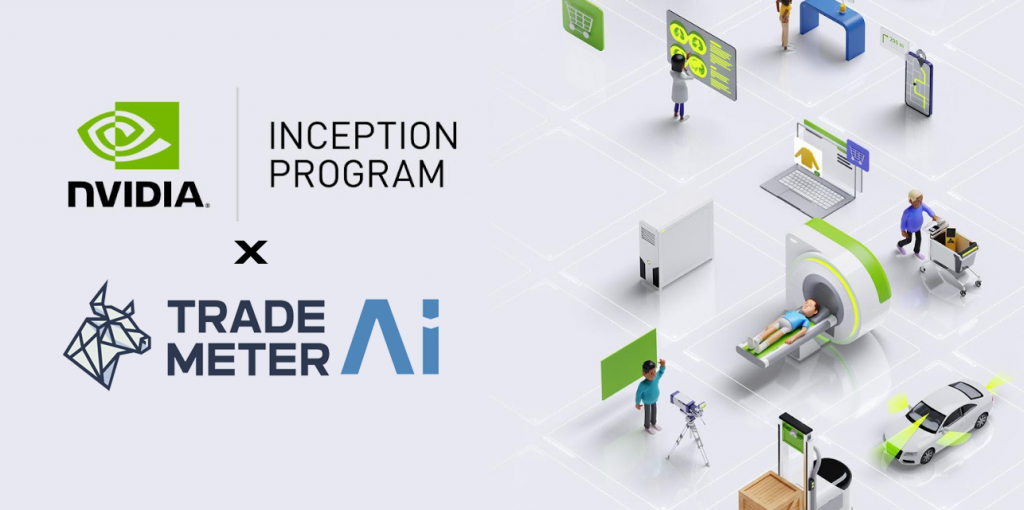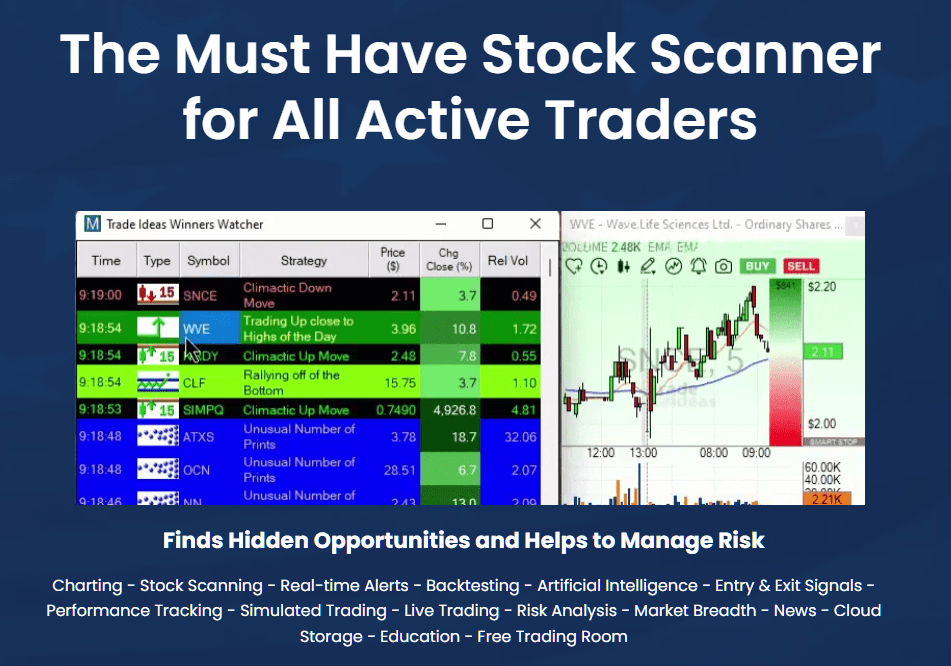When looking at AI trading platforms, compatibility and integration are key factors. Integrating your platform into the existing tools, systems, and workflows is a fantastic way to boost efficiency. Here are the top 10 guidelines for assessing the integration and compatibility of these platforms:
1. Check Brokerage Integration
Integration of the platform with your preferred broker or trading accounts: Check whether the platform integrates with your chosen brokerage or account.
Trade execution: Ensure that the platform supports direct execution of trades through the broker integrated.
Account synchronization - Examine to determine if your system is capable of syncing accounts' balances, transactions and positions in real-time.
2. Examine the API Availability
API access: Verify whether the platform provides an API for developers who want to automate workflows or develop custom tools.
API documentation: Make sure that the API is well-documented, with clear examples and usage cases.
Rate limits: Determine whether there are acceptable rates for the API and whether it's able to accommodate the anticipated volume of usage.
3. Review the Third-Party Integration
Popular tools Look to see if there are any integrations between the platform and tools such as Google Sheets, Excel, or trading robots.
Data import/export: Make sure the platform enables easy export/import data from and into other tools.
Extensions/Plugins: Check if the platform works with extensions or plugins for added functionality.
4. Test Compatibility With Operating Systems
Desktop compatibility: Make sure the platform you choose can be used with Windows, macOS and Linux.
Mobile compatibility Check whether the platform provides an app for iOS or Android.
Web-based: If your goal is to be flexible, verify that your system can be accessed via an ordinary web browser.
5. Evaluation of Data Integrity Capabilities
Data sources: Check whether the platform is integrated with a variety of data sources (e.g. market data providers or news feeds).
Real-time Data Feeds Look to see if your platform offers real-time analysis.
Check to see if your platform supports historical data importation to analyze or backtest.
6. Check cloud and on-premise compatibility
Cloud-based platforms: Ensure the platform is accessible from anywhere that has an internet connection.
Solutions on-premise: If you prefer on-premise deployment, verify that the platform you are using supports it.
Hybrid options: Check whether the platform has a hybrid model combining cloud and on-premise capabilities.
7. Verify Cross Platform Synchronization
Device synchronization. Make sure that settings and data are synced across all platforms (desktops tablets and mobiles).
Real-time updates: Check if your changes made on one device instantly show up on the other devices.
Access offline: Check that your application has limited functionality and data access when offline.
8. Assess Compatibility of Trading Strategies
Algorithmic trading: Check that the platform is compatible with algorithms or automated trading strategies.
Custom indicators: Find out whether you are allowed to use customized indicators or scripts.
Strategy backtesting check for yourself if the trading platform allows backtesting using historical data.
9. Examine Security and Compliance
Data encryption: Make sure that the platform uses encryption for data at both in transit and at rest.
Authentication : Verify that the platform has secure authentication methods (e.g. 2-factor authentication).
Regulatory compliance - Check if your website is in compliance with the applicable laws, e.g. GDPR. FINRA. SEC.
10. Test Scalability and Performance
Scalability - Ensure that the platform you choose will accommodate your increasing requirements in terms of data and data.
Performance under load: Determine if your platform responds well to high volatility market conditions.
Utilization of resources: Ensure that your system makes use of system resources such as memory, CPU and bandwidth.
Bonus Tips:
Customer feedback: Read user reviews and testimonials in order to evaluate the capabilities to integrate the platform.
Trial period: Test the platform for free, or download a demo to test how it works with your current software and workflow.
Customer support: Ensure the platform provides a solid assistance for integration-related issues.
With these suggestions, you can effectively assess the integration and compatibility of AI stock-predicting and analyzing platforms, ensuring they work seamlessly with your existing systems, and improve the efficiency of your trading. Check out the top rated best stocks to invest in tips for blog info including best stocks to invest in, ai trade, ai copyright trading, copyright ai bot, trader ai intal, incite ai, chart ai trading, invest in ai stocks, ai stock price prediction, trading with ai and more.

Top 10 Tips For Evaluating The Social And Community Aspects In Ai Platform For Predicting And Analyzing Stocks
It is essential to comprehend how users communicate, exchange knowledge and gain insights from each other through analyzing the community and social features of AI-driven prediction and trading platforms. These features can enhance the user experience through providing helpful assistance. Here are ten top tips to help you evaluate the social and community aspects of these platforms.
1. Active User Community
TIP: Make sure that the platform has a base of users active in engaging in regular discussions, sharing insights, and providing feedback.
Why? A community that is active creates an environment which allows its members to develop and share knowledge by sharing their experiences.
2. Discussion forums and boards
Examine the activity and quality of message boards or discussion forums.
Forums are a fantastic method for users to exchange thoughts, debate trends, and ask questions.
3. Social Media Integration
TIP: Check if the platform permits users to share their insights and updates through social media platforms, such as Twitter or LinkedIn.
Why: The integration of social media platforms can increase engagement and offer market updates in real-time.
4. User-generated content
Look for features which allow you to share and create content. For example, blogs, articles or trading strategies.
Why is that user-generated content encourages collaboration and offers diverse perspectives.
5. Expert Contributions
TIP: Ensure that the platform has contributions from experts in their field, such as AI or market analysts.
Why: Expert perspectives add credibility and depth to the community debate.
6. Real-Time chat and messaging
Tips: Ensure that you can instantly communicate between users by taking a look at the live chat options and the messaging.
Why: Real time interaction facilitates quick sharing of information and collaboration.
7. Community Moderation & Support
TIP: Assess the support and level of moderation in your community.
What's the reason? Effective moderating will ensure that a friendly and welcoming atmosphere is maintained. the support of users can resolve issues fast.
8. Webinars and events
Tips: Check if the platform has live Q&As with experts or hosts webinars.
Why: These events provide opportunities for learning and direct contact with professionals in the industry.
9. User Reviews
Tips: Search for options that let users provide feedback or reviews on the platform and its community features.
What is the reason? Feedback from users helps determine strengths in the community ecosystem and areas of improvement.
10. Gamification of Rewards
Tip. Check whether the platform has gamification features (e.g. leaderboards, leaderboards and badges) along with incentives for engagement.
Gamification is a powerful tool that can encourage users to engage more with their friends and with their platform.
Bonus Tip Security and Privacy
Use robust privacy measures and security for the community and social tools. This will safeguard your data and interactions.
If you take the time to thoroughly review these aspects it is possible to determine if you think the AI stock prediction and trading platform provides an active and friendly community that can enhance your experience in trading and increases your knowledge. Take a look at the recommended stock analysis app recommendations for site examples including trading with ai, ai day trading, ai chart analysis, chart ai trading, chart analysis ai, ai for copyright trading, ai bots for trading, ai chart analysis, ai stock trader, best stocks to buy now and more.
